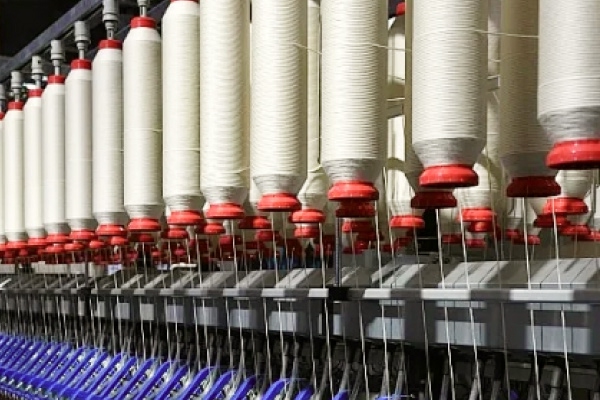Advanced Steam System Solutions for Textile Manufacturing
Textile manufacturing involves multiple steam-dependent processes with distinct operational demands:
- Temperature Gradients: Saturated steam (≥95°C) for dye fixation vs. slightly superheated steam (200–210°C) for synthetic fiber heat setting.
- Pressure Stability: 0.8–1.6 MPa operational ranges to prevent fabric deformation during finishing.
- Steam Purity: Dryness fractions ≥99% to avoid moisture-induced dye migration in blended fabrics.
- Dynamic Response: <30-second pressure transition capabilities to synchronize with batch dyeing cycles.



